Conditions aren’t getting any easier under the hood. But many are working to ensure that car engine polymers rise to the occasion and can meet the increasing performance demands of today’s -- and tomorrow’s -- vehicles.
Faced with U.S. regulations that call for 54.5-mpg corporate average fuel economy (CAFE) ratings by 2025, automakers are furiously working to eliminate every ounce they can from their cars and light trucks without sacrificing performance. Materials supplier DuPont Co. estimates that eliminating 110 pounds of vehicle weight reduces CO2 emissions by 5 grams/km and boosts fuel efficiency by up to 2 percent.
Plastic car engine challenges
Smaller engines weigh less, but they also tend to deliver less power -- a tradeoff many consumers are not willing to make. So automakers, particularly in Europe, are turbocharging these smaller engines to maintain their performance. This, however, also drives up the operating temperatures under the hood, and can create challenges when it comes to managing noise, vibration and harshness (NVH).
At the same time, automakers are weighing other properties, such as sustainability and recyclability; part consolidation; component manufacturing speeds; and standardization across platforms and geographies -- all with cost containment in mind.
Plastic car engine pioneers
A company that began life in 1979 as Polimotor Research Inc. has been perhaps the highest-profile player in trying to bring the plastic automotive engine to life. Back then, founder Matti Holtzberg wanted to replace several traditionally metal components in a 2.3-liter, four-cylinder engine with lightweight, injection-molded, carbon fiber-reinforced thermoplastics. After a few years of development, he demonstrated the engine’s viability by showcasing it in a race car in 1984 that performed admirably well.
Encouraged by Belgian chemicals and resins giant Solvay SA, Holtzberg -- who now heads his own firm, Composite Castings LLC -- revived the project in 2015. The current product -- dubbed the Polimotor 2 -- is a plastics-intensive, four-cylinder, double-overhead cam engine that weighs 63-67 kg (138-147 pounds), or about 41 kg (90 pounds) less than today’s standard production engine.
Holtzberg developed a special process to fabricate the Polimotor 2’s engine block, cam block and oil pan from an undisclosed thermoset resin. He now is focusing on replacing metal in an even broader array of engine components, including the water and oil pumps, water inlet/outlet, throttle body, fuel rail, cam sprocket and others.
This latest project plans to leverage a broad range of car engine plastic polymer technology from Solvay Specialty Polymers, including:
- Amodel® polyphthalamide (PPA) -- for the water inlet/outlet fixture that links Polimotor 2’s cylinder head and engine block to the radiator via a rubber hose.
- AvaSpire® polyaryletherketone (PAEK) -- for three injection molded sections of the engine’s external dry sump modular oil pump housing.
- KetaSpire® polyetheretherketone (PEEK) -- for the 45-cm-long oil scavenger line in the engine’s oil pump system that is machined from a 30 percent carbon fiber-reinforced grade of this resin, and for a fuel intake runner fabricated from a grade of KetaSpire using filament fusion 3D printing process.
- Torlon® polyamide-imide (PAI) -- for three different sprockets in the valve train drive system. Each part achieves a 75 percent weight reduction over similarly sized stainless steel cam sprockets that weigh 1.1 kg.
- Tecnoflon® FKM fluoroelastomers -- for the seal in the engine’s water inlet/outlet.
- Ryton R-4 polyphenylene sulfide (PPS) -- this is the most recently announced application. Germany’s KSPG AG used a 40 percent fiberglass-reinforced PPS compound when injection molding the impeller and stator isolator used in engine’s water pump.
3D-printed plastic car engine parts
Solvay also has helped to develop a 3D-printed part for the engine. For the first time, the materials supplier says it applied its predictive simulation software called MMI Technyl® design to a functional, 3D-printed automotive part using Solvay’s Sinterline® Technyl polyamide 6 (PA6) powder grade reinforced with a 40 percent loading of glass beads. The part is a plenum chamber, 3D printed using the selective laser sintering process. The predictive performance simulations showed the plenum’s original design could be up to 30 percent lighter than originally thought possible.
Beyond Polimotor 2 and Solvay, many others also are busy developing high-performance plastic option to meet the automakers’ ever-increasing performance demands. For instance:
- DSM Engineering Plastics is supplying its Arnitel® HT copolyester elastomer for flexible, blow molded charge air ducts. Doing so allows for use of a single material for these parts, which the firm claims contributes to 50 percent lower production costs and a 40 percent weight reduction.
- BASF has formulated a long-carbon-fiber (LCF) PA66 composite called Ultramid XA-3370 to replace a cast aluminum front cover and structural oil pan on Ford’s 0L GTDI. The parts are said to save four pounds per engine.
- Dow Automotive Plastics is producing Specflex™, a polyurethane foam hood liner material that it said offers both low density and sound-dampening properties. Dow says the product replaces melamine and polyolefin foams.
- Nylon supplier Ascend Performance Materials says that glass-reinforced grades of its Vydyne® PA66 resins are finding use in radiator end tanks and in air ducts on charge coolers. And its R550H grade of PA66, which has a 40 to 65 percent loading of barium sulfate, is replacing metal in engine mounts. This dense filler is said to help minimize underhood noise from being transmitted to a passenger compartment.
Given that this is just a sampling of the R&D activity happening now, it’s clear that high-temperature, high-performance polymer applications are continuing to make in-roads into traditional metal applications under the hood. With a laser focus on weight reduction and fuel economy, automakers globally are likely to become even bigger plastics consumers in the foreseeable future.
Need to search for automotive approved plastics?
Automotive Plastics Search in Prospector can help you quickly find plastics approved for automotive applications from more than 70 automotive OEMs.
The views, opinions and technical analyses presented here are those of the author or advertiser, and are not necessarily those of ULProspector.com or UL Solutions. The appearance of this content in the UL Prospector Knowledge Center does not constitute an endorsement by UL Solutions or its affiliates.
All content is subject to copyright and may not be reproduced without prior authorization from UL Solutions or the content author.
The content has been made available for informational and educational purposes only. While the editors of this site may verify the accuracy of its content from time to time, we assume no responsibility for errors made by the author, editorial staff or any other contributor.
UL Solutions does not make any representations or warranties with respect to the accuracy, applicability, fitness or completeness of the content. UL Solutions does not warrant the performance, effectiveness or applicability of sites listed or linked to in any content.



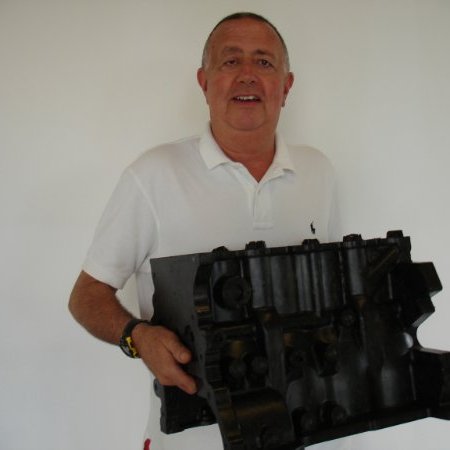
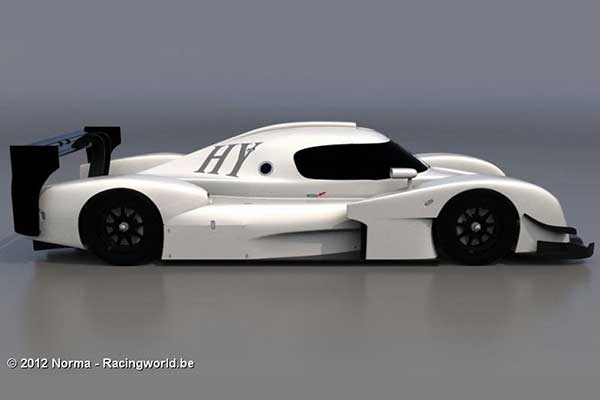
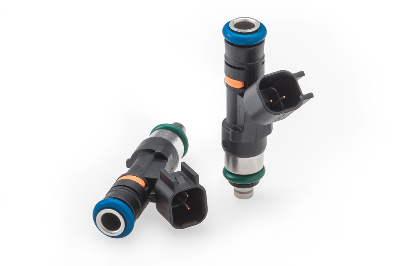

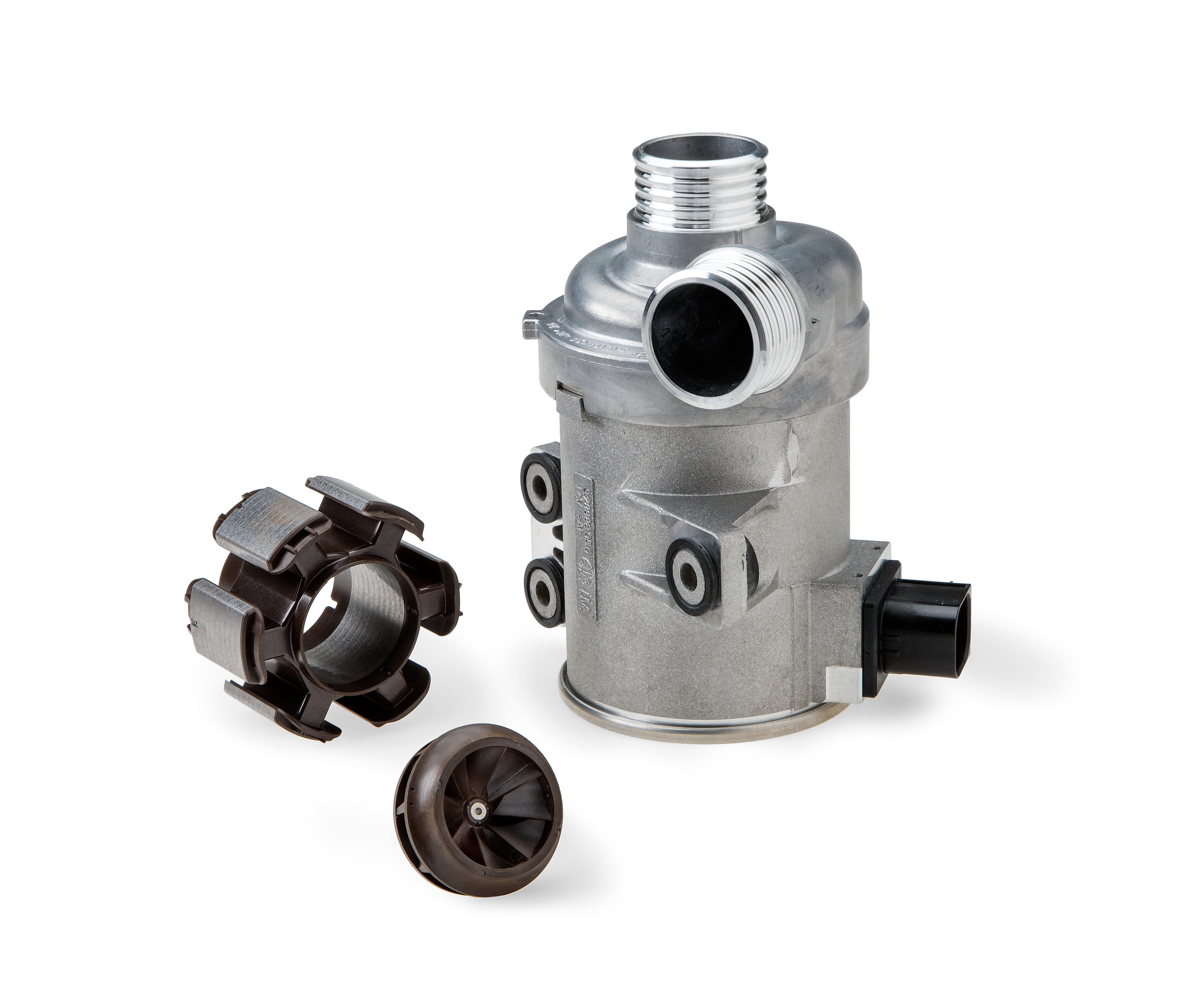
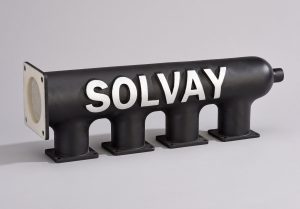
Great article Robert. I’ve been fascinated with predictive simulation and how data is collated since we used it on our own business model. We used Lanner who were fantastic at throughout the whole process.
Plastic polymers can be used for car engine better and longer performance .There are challenges for plastic polymers as smaller engine needs less and also deliver less power. Automakers are also making other factors like sustainability,component manufacturing speeds. High performance polymer application are continuing to make a move into the traditional metal applications under the hood. Automakers are wishing to have bigger plastic consumers in coming years. Thanks a lot for the information.
Thanks for sharing this information with us regarding cars engine. I really found this very helpful. And your blog about cars engine oil is also very interesting.
Smaller engines weigh less, but they also tend to deliver less power a tradeoff many consumers are not willing to make. So automakers, particularly in Europe, are turbocharging these smaller engines to maintain their performance.